CHECK OUT THE AMAZING APP THAT TEACHES KIDS TO CODE AND PLAY THE DRUMS AT THE SAME TIME
By Selena Larson, The Daily Dot, Mar 8, 2016
Previews




Overview
Have you ever wondered what goes on in the mind of a drummer?
•Make funky beats and learn the basics of programming at the same time.
•Use the fewest possible lines of code to solve each rhythmic puzzle.
•No previous musical or programming training required.
•Make Zero (the robot drummer) play any beat or fill you tell him to.
•Perform at the world's greatest venues with your band Funk Machina.
Screenshots
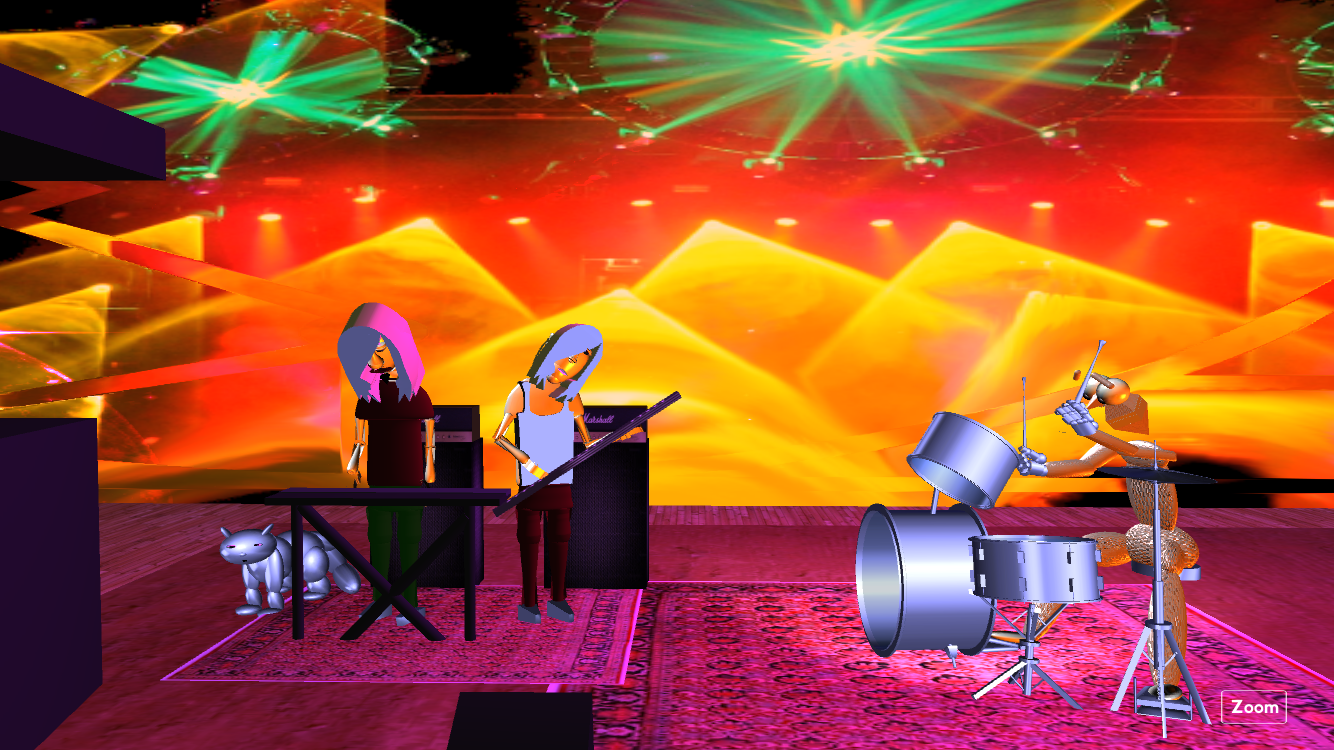
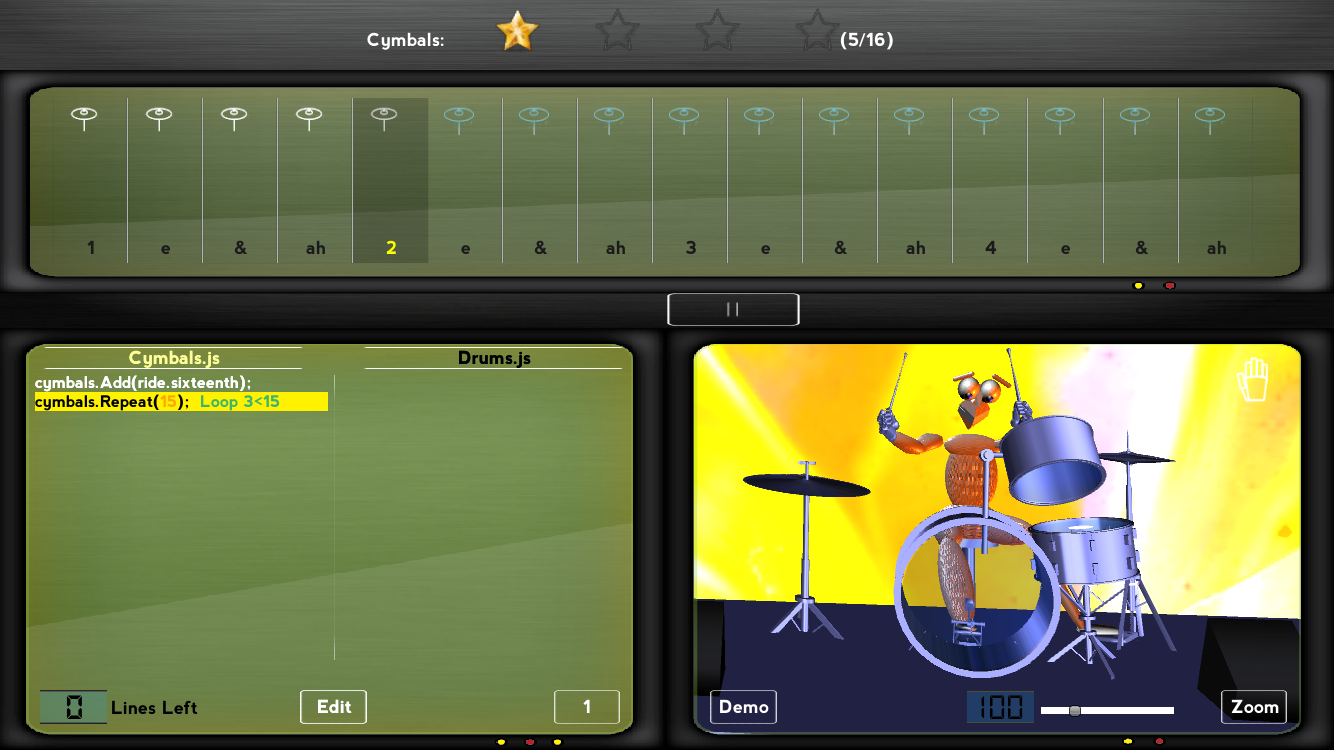
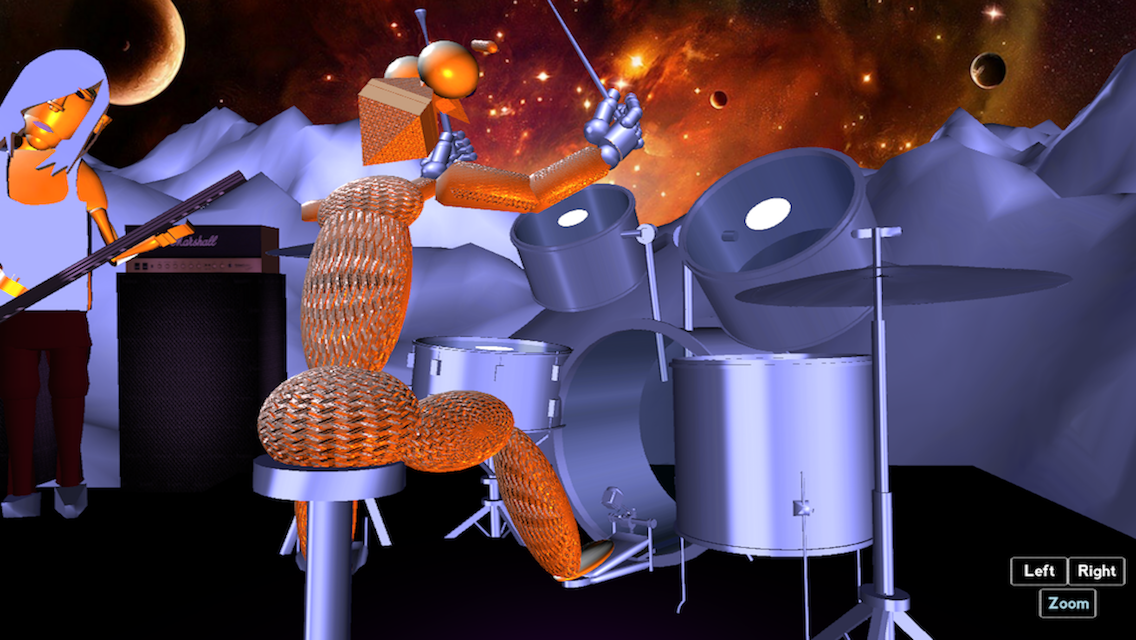
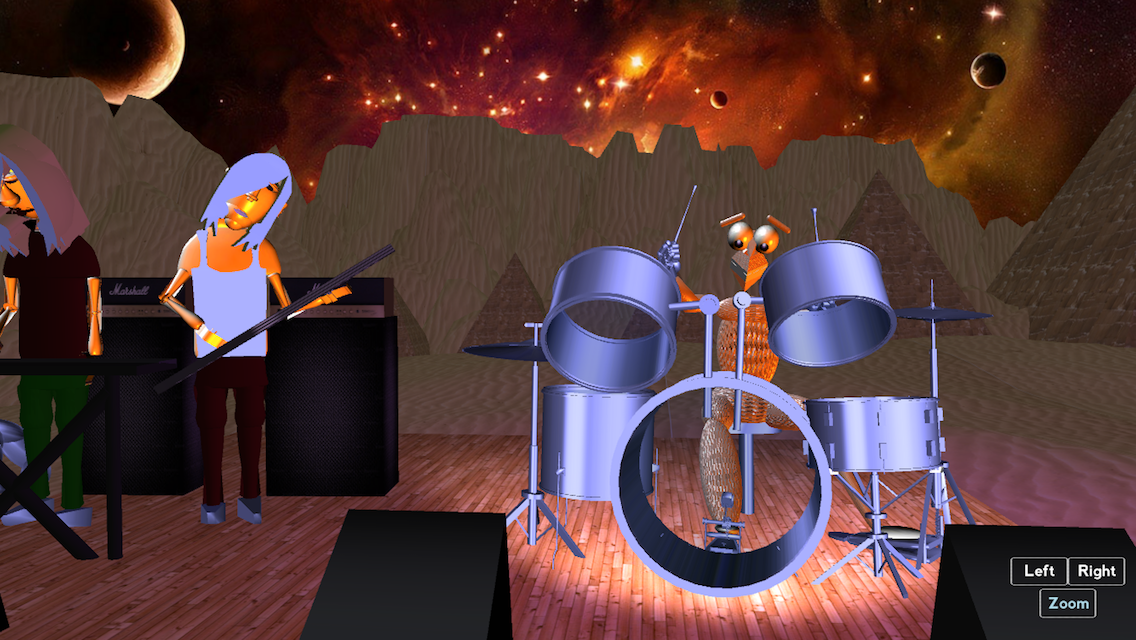
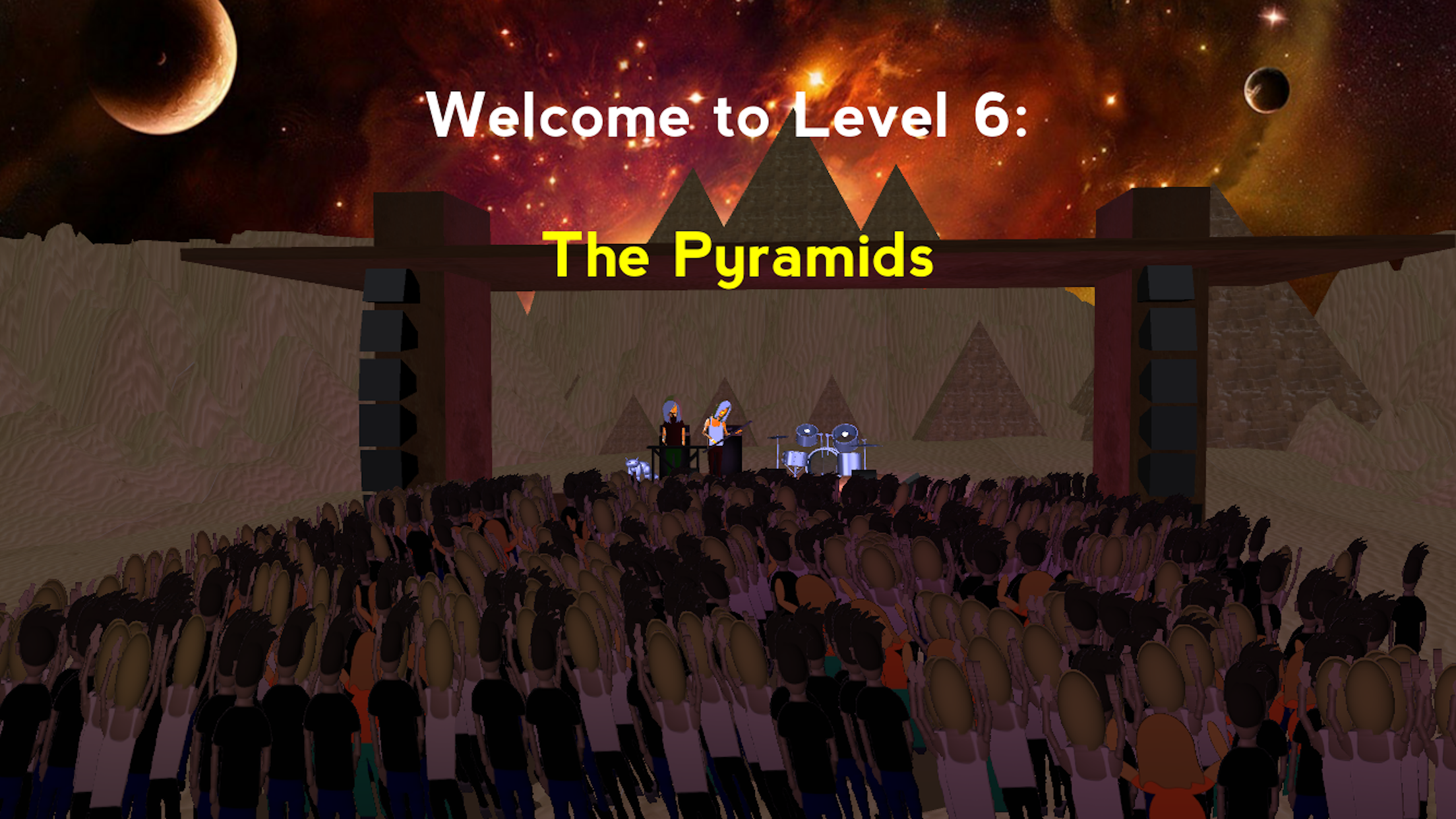
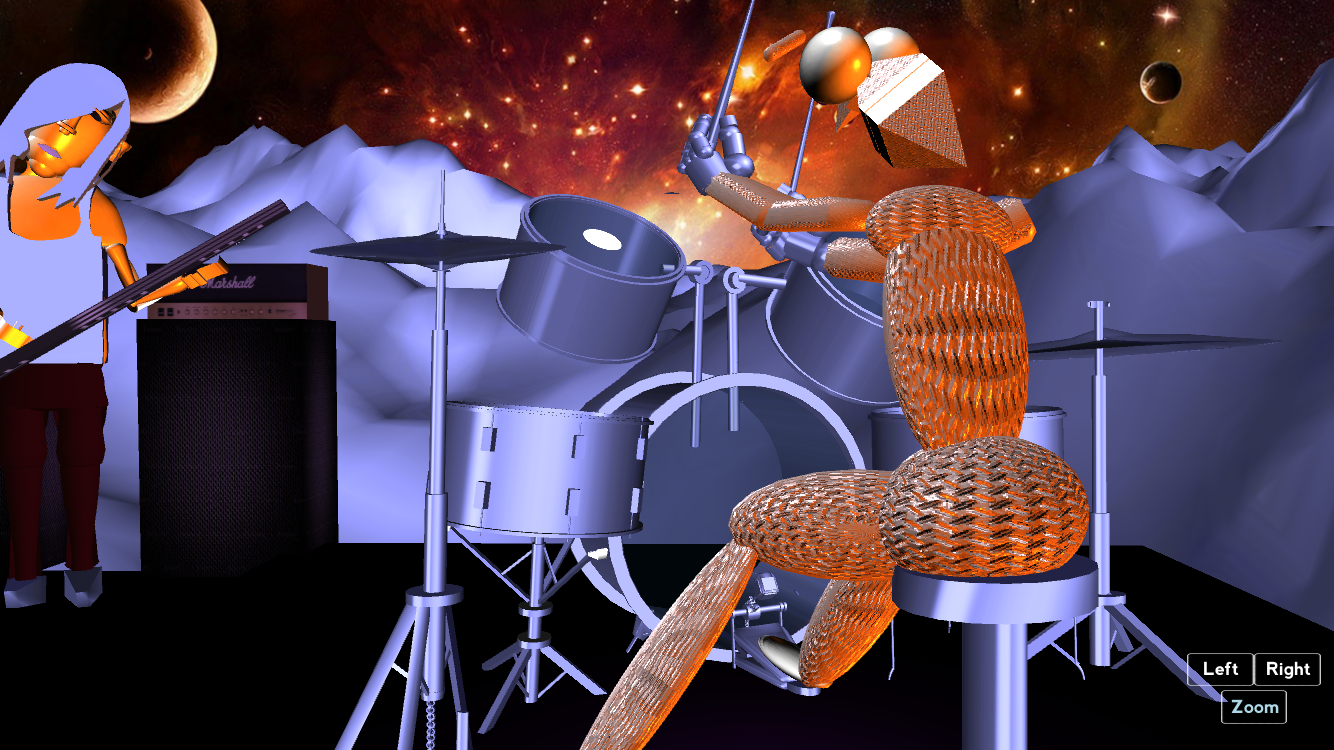

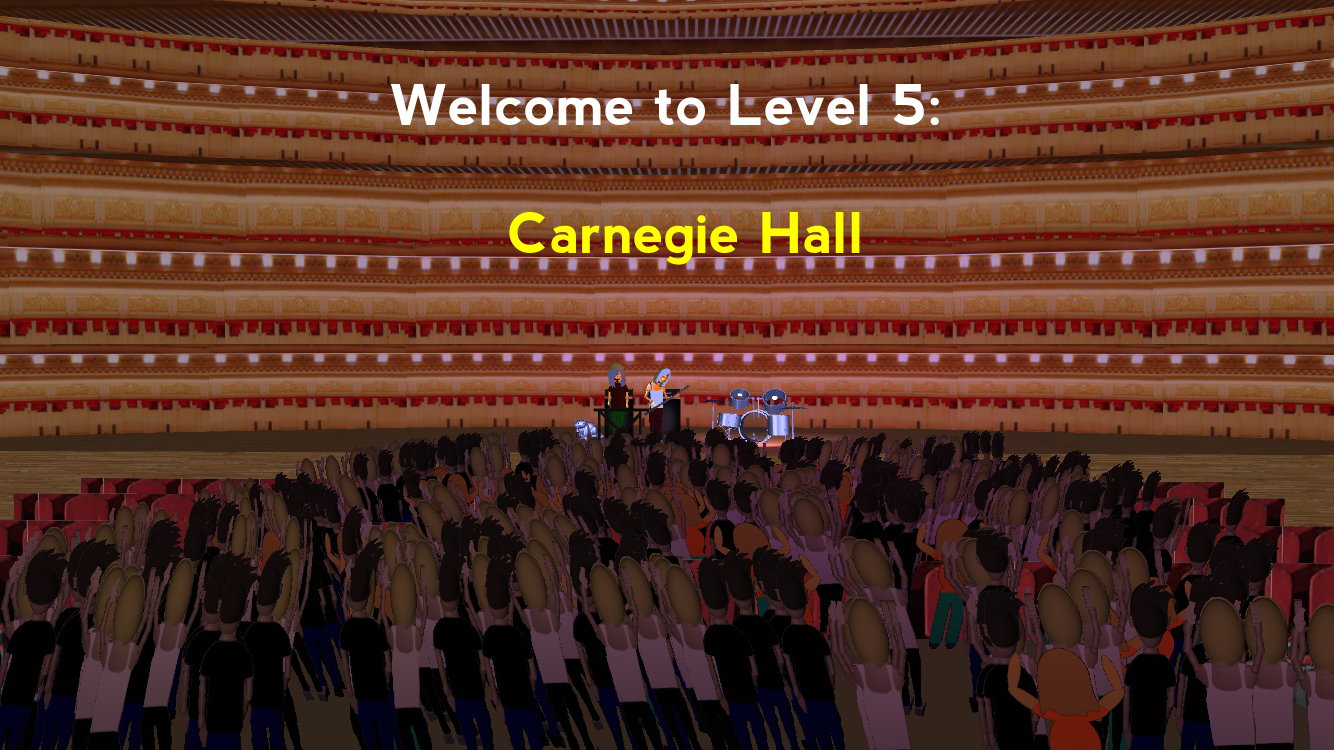
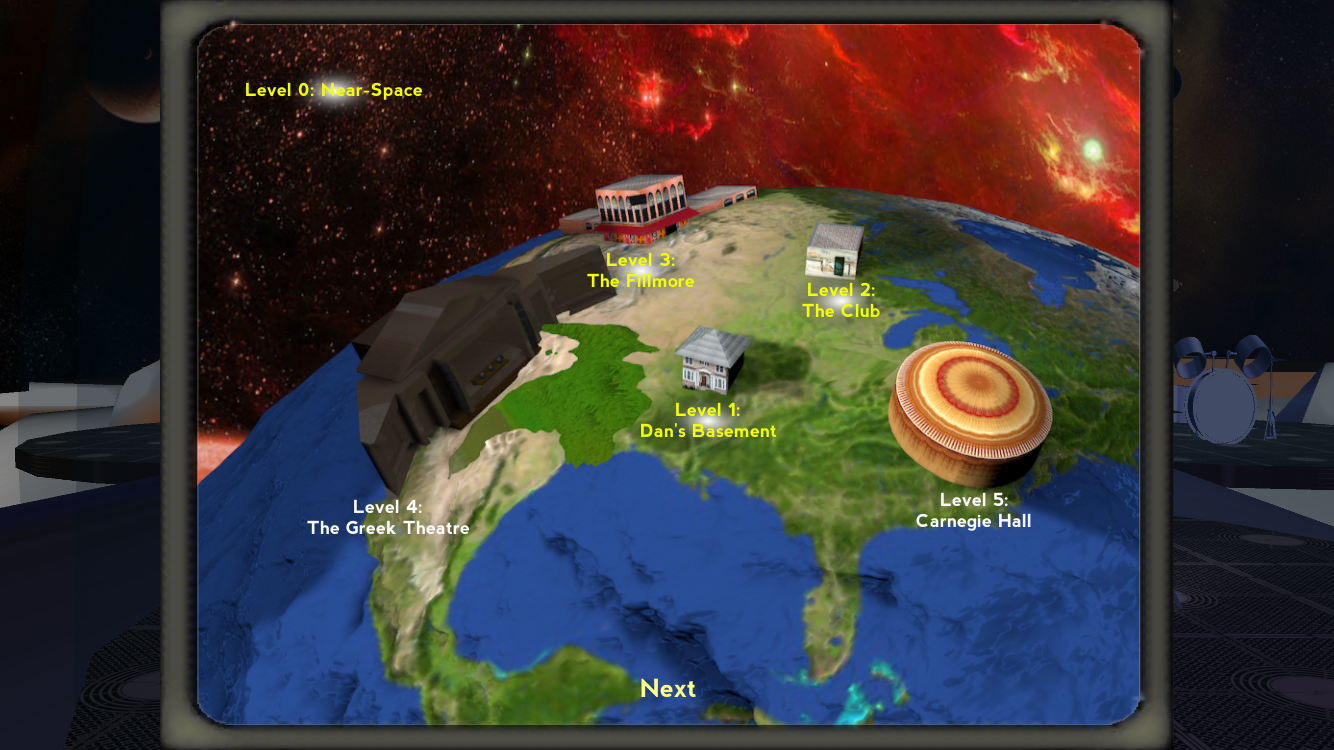


LEARN TO PROGRAM WHILE DRUMMING
•Master the loops, splices, sequencing, and data structures common to programming and playing the drumset
•Master new drum beats and programming concepts with 4+ hours of gameplay in Story Mode.
•Explore how easy it is to generate your own grooves and drum fills in Free Play Mode.
•Beat Zero can act as a supplement or precursor to MIT's Scratch or the learning of Javascript
•This game presents a system where you can be very efficient: say you wanted to write a beat with 30 notes total, in this game you can learn a way to write that beat with 3 or 4 lines of code, rather than manually writing out all 30 notes individually.
LEARN HOW TO PLAY A REAL DRUMSET
•For an analogue twist, play a real drumset along with each game level, and learn the beats as you go.
•Watch Zero drum each beat in 3D from any angle
•Modify the tempo of any groove or fill to observe the drumming animations at slower or faster speeds.
•The way it all works, is that the system reads through your code, it outputs one or more notes to the top of the screen, and Zero then reads those notes and plays them in real-time.
DISCOVER NEW WAYS TO THINK
For more discussion of the connection between rhythm, drumming, and learning to program, please see a short essay below.
If you are interested in something more academic, you can see my dissertation, Four Dimensional Thinking: Using Rhythm to Network Domains of Knowledge, published through Columbia Teachers College.
BACKGROUND
I have a doctorate (Ed.D) in Educational Videogame Design from Columbia University Teachers College. This game counted towards my dissertation in that it was an effort to teach programming through music in a way that was not intimidating. My intention was to continue the many great efforts out there to de-mystify programming, and show how it involves a variety of thinking that is shared with other subjects. For my dissertation, I wrote about how the thinking involved in keeping track of very fast percussive rhythms has a lot to do with how you think through rapidly executing programs.
The trick is to see them both as rhythmic systems that occur in time and use time strategically. This means they can always be slowed down and broken into their accented parts.
Play my game to see how this works... For more video previews see beatzero.us.
For this project I was a one-man operation. I programmed, designed, and implemented everything you see here. I played the instruments on the music tracks and recorded myself analogue, and in midi. The models were created in Cinema 4D, the game was programmed in Unity3D. It was more than 2 years of work to put this all together.
But after all that, I really believe this game demonstrates a new way to think about the relationship between music and programming.
I'd love to hear from you so please contact me through my site with any comments or bug reports, and if you enjoy the game, please write a review on iTunes.
Thanks so much and enjoy!
Gabe Turow Ed.M., Ed.D.
Fourth Dimension Games
New York
Why Build Beat Zero?
I built Beat Zero as part of my doctoral work at Columbia Teacher's College in Educational Videogame Design. The game was inspired by my realization that programming and musical rhythm are deeply related.
Both activities rely heavily on ways of representing, visualizing, breaking up, and playing with time. Code and music are plans designed for different systems to execute at some later time/date.
Moreover, computers and drumming both involve very fast processes that appear complicated at high speed but are usually comprehensible at a slower tempos. It is like the way animations are made up of fast moving images, that ultimately, are individual drawings. Getting over the intimidation of Fast musical moves was one of the reasons I made this game. Learning to slow down a fast process on the fly is a core skill you can practice in Beat Zero.
Because there is a changing array of rhythms to conquer, there are a long string of chances to see how different patterns occur in time. You can literally hear it.
Every drum beat and computer program relies on a timed series of events, sequences and loops, and have in common certain ways of storing information. Beat Zero explores the relationship between Arrays and Bars; Array Elements and Beats.
I also believe the thinking is similar between finding the accents, or the big shapes that make up the structure of a drum groove, and seeing the big shapes and actions necessary for a computer system to accomplish some task through a program.
Efficiency here comes from brevity. When you can describe something simply, it's easier to remember, and therefore easier to improvise with. If you can think: that whole musical phrase I played was really just a slide up from one place to another, rather than thinking: I think I just played C,D,E,F,G,A it's easier on your mind. You can observe the relationship between the notes rather than the notes themselves.
The shape they make is what you remember. That's my point.
For the computer, shorter commands are less to read and faster to process. The computer tries to read every letter you type. If it's cycling at 100 times a second, 5 times faster than a drum roll, than in a minute it's read your sentence 6000 times. If the sentence gets long enough, that's enough to start to slow the computer down enough that you will notice.
Finding brevity in drum grooves is a way to find the Beat Within the Beat.
In drumming, if you find the main accents within the groove, you’ve found “the beat within the beat”. The trick is to find that, and to focus on that, rather than the actual beat and all the notes. If you can think in those simplified terms, you can let your hands move in the more complicated translation, that actually plays the notes. It's like your head is aware of the program and your hands execute the details.
Basically, we're talking about a way for your mind to be at ease, even while your hands are working hard.
Thanks for reading... Enjoy the game!
Gabe Turow Ed.M., Ed.D.
Contact: gabeturow@gmail.com

